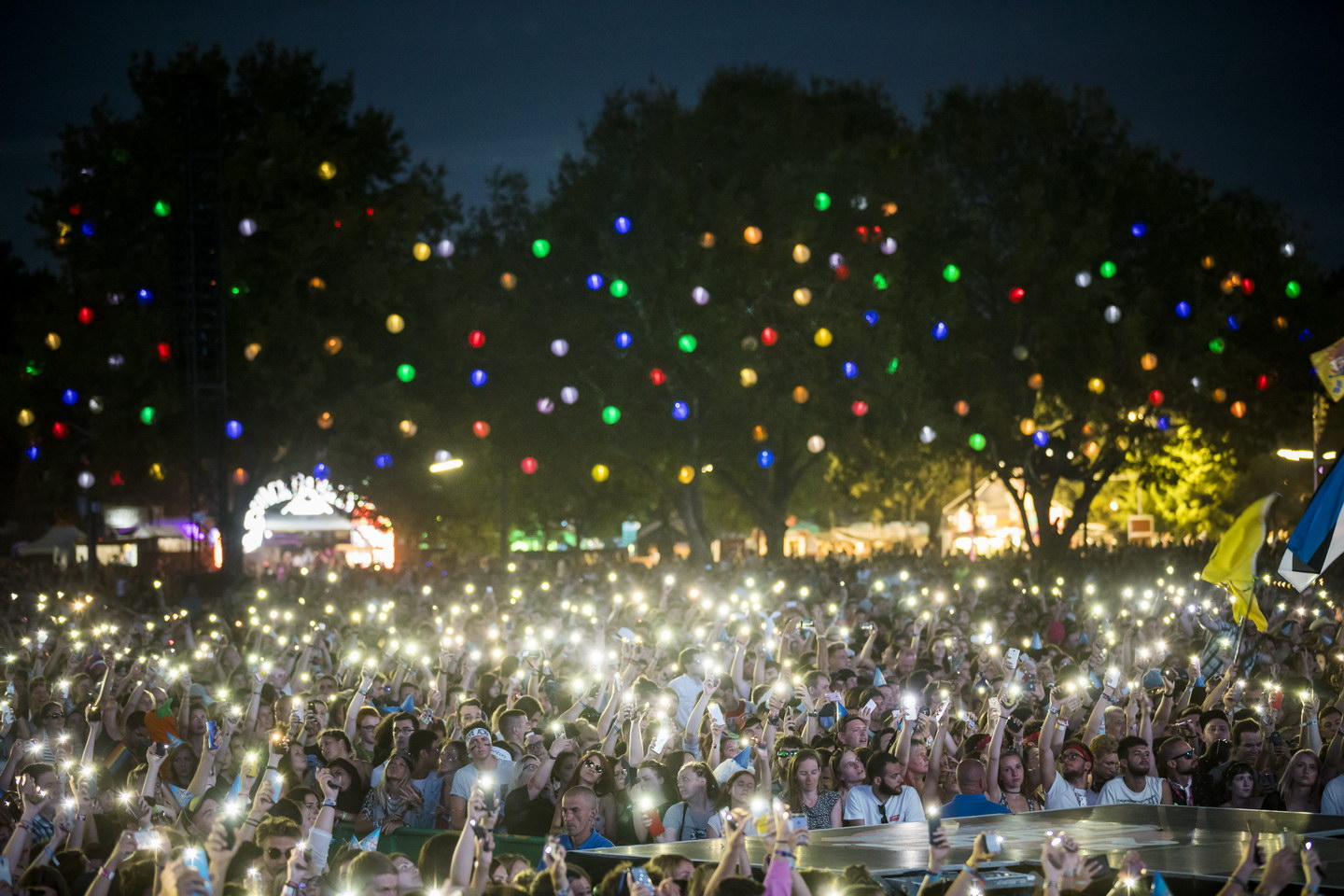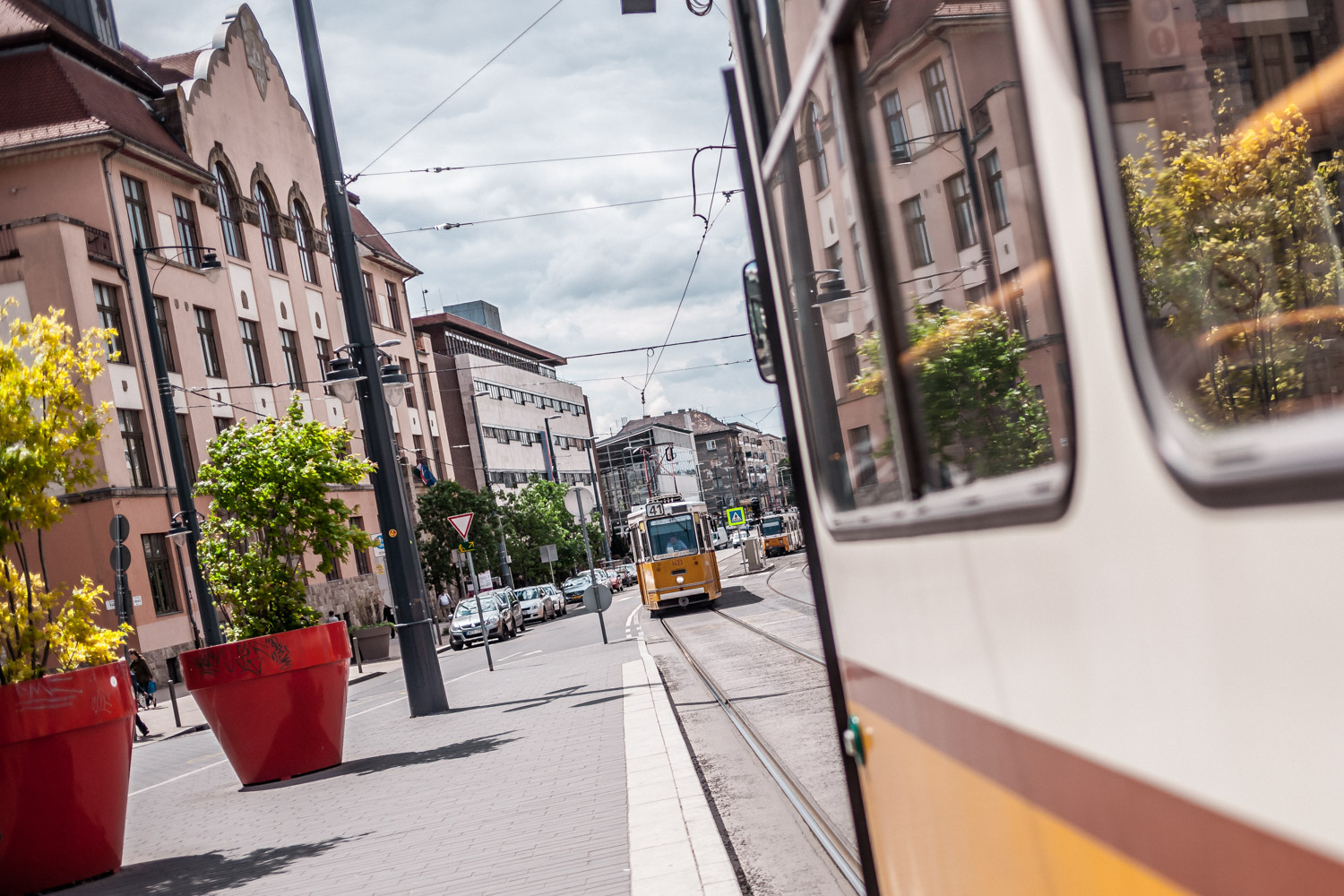1993: Inaugural fervour
The line-up for the first Sziget reflected the initial modest focus of the initiative. Among the mainly domestic acts, Péter Müller’s Sziámi played on the opening night, and to close the programme, organisers chose manic Magyar shamans VHK.
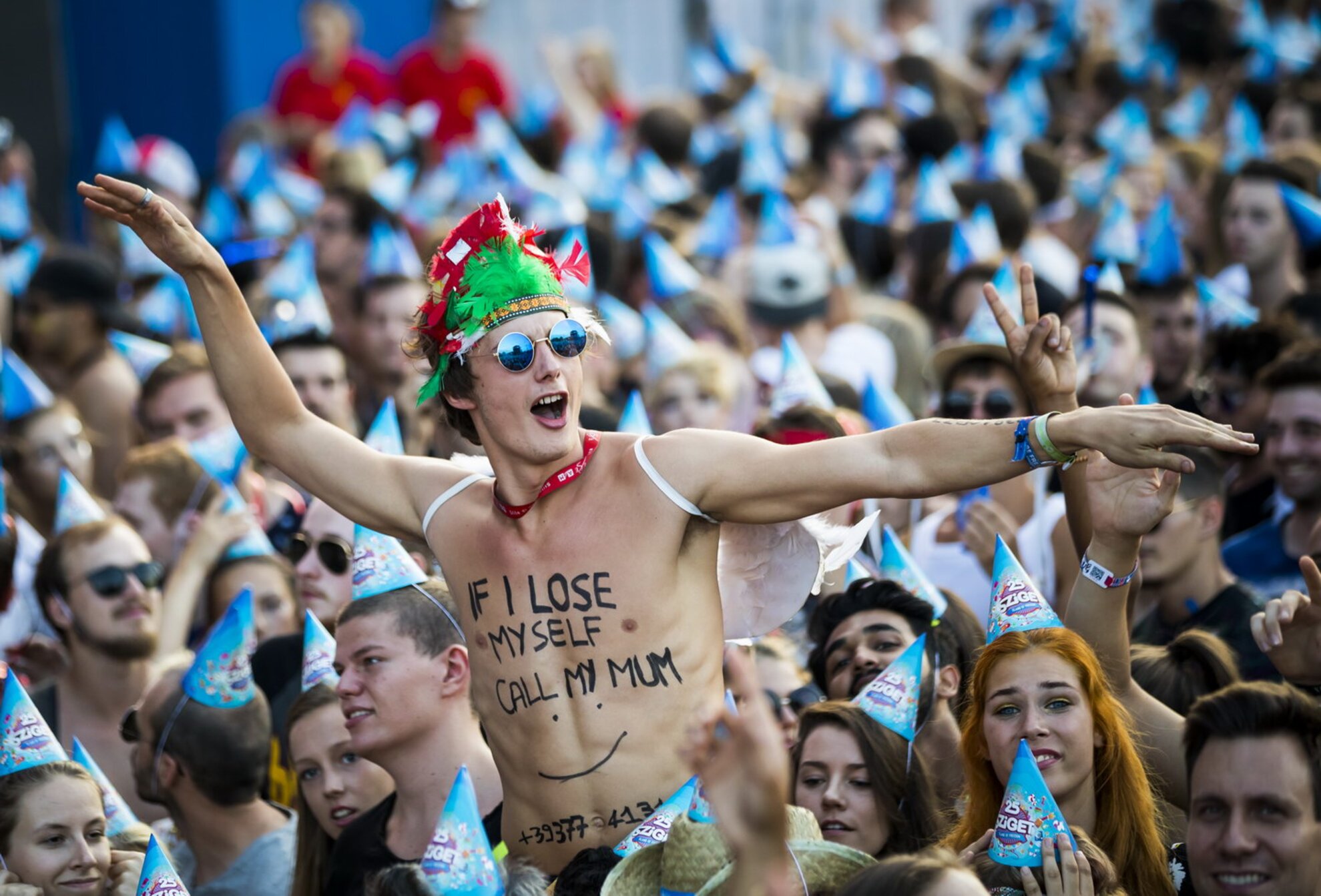
Twenty-five years later, the band’s frontman Attila Grandpierre reflected: “Even though we were one of the most popular bands in Hungary, inexperienced festival programmers gave us a 6pm slot. And 30 minutes. When we started playing, thousands gathered and the crowd grew around the stage, climbing up onto it as the energy swelled. We did our allotted time. Chaos. The audience didn’t want to believe that it was over. Rampage. The organisers thought the whole thing would pass. It didn’t. We were asked to go back on and play, just to calm things down. One journalist there said that he hadn’t seen anything like it in years of covering music”.
Sziget was born.
1997: Bowie and his entourage
After the somewhat unwise choice of theme in 1994 – EuroWoodstock – and performances by long-forgotten bands such as Jefferson Starship, Sziget upped the ante with Sonic Youth and Iggy Pop, increasing overall attendances five-fold and the percentage of foreign visitors from the official 0% of 1993 to 35% in 1997.
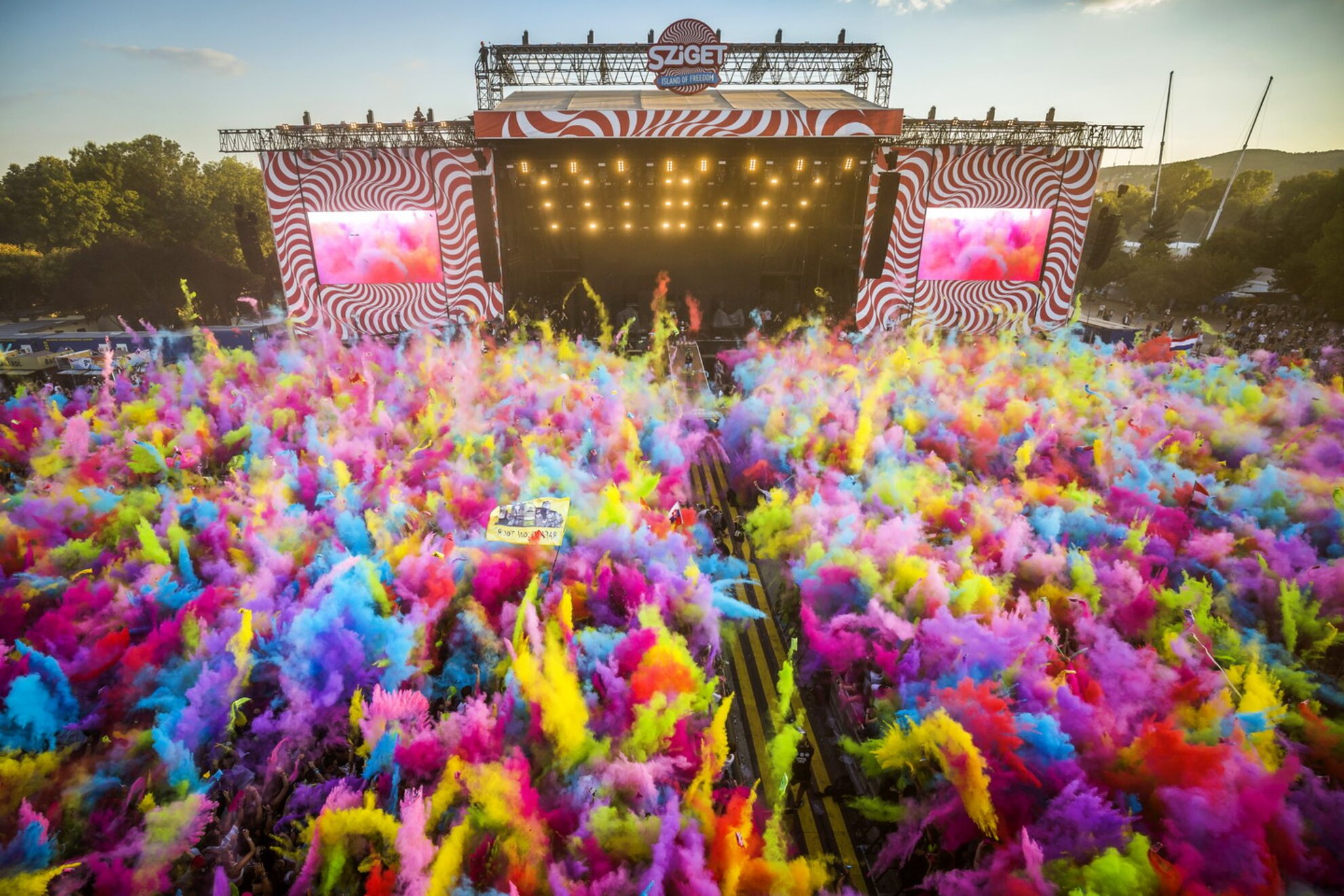
Appearing on opening night 1997, for 800 forints a ticket, was David Bowie.
But the Sziget team wasn’t quite ready for the big time, as then programme manager Tamás Kovács later described: “David Bowie came with a crew of 34 people. At the airport, they had been charged for ten tonnes of extra luggage, which was our entire technical budget for the two other stages. It turned out that they wanted to take care of everything themselves, laundry, catering, the works. We managed to bargain them down to half the amount they were asking, but still…”
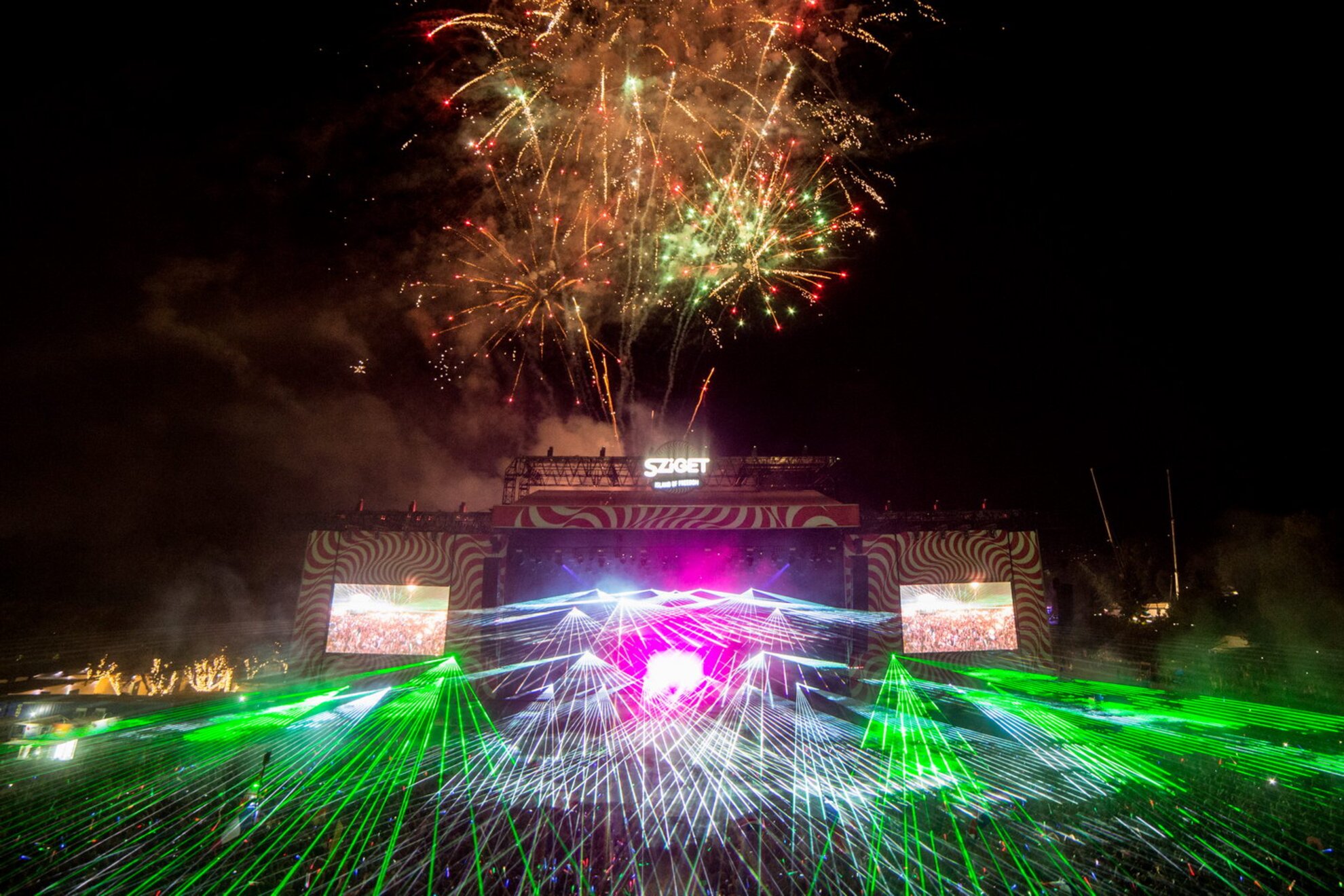
”After the stage had been set up, Bowie sat at the head of the table, with ten or 15 people on either side of him, but he didn’t allow us to bring out the food until the two lighting technicians arrived. It wasn’t a case of business class, this was team-building. If you’re going to go on a world tour of 120 dates in 18 months, you have to build your own little town 120 times.”
2011: Ageless Prince and tragic Amy
By 2011, Sziget had a problem. Crowd figures were approaching the 400,000 mark, the price for day tickets had shot up past 10,000 forints and each year the world’s top acts were getting harder and harder to pin down. The biggest solo artist was UK singer Amy Winehouse, who had performed for oligarchs in Moscow the previous winter. Sziget duly signed up its headline name for 2011.

Factoring in Budapest as part of a European tour, Winehouse kicked things off in Belgrade with a shambolic drunken ramble, unable to remember the lyrics, the city she was singing in or the names of her long-term band members.
After cancelling all further dates, the tragic star managed one last guest appearance on home turf in Camden before dying a few days later at 27.
Sziget now had a bigger problem. Pulling out all the stops, they managed to persuade Prince to come over and play on what was called 0 Day, on the eve of the main programme.

It was a stroke of genius. Looking back on arguably the most memorable night in Sziget history, one fan remembered: “The soundcheck went on for hours. But when they arrived, it was obvious that Prince and his band were in a great mood. We had been let in about 6pm and we rushed to the front. When we started cheering Prince testing out the microphone, he said, “Hold on to your voices – it’s going to be a long night!”
And so it proved to be. “He came on, his band made up of mainly gorgeous women, and he started dancing, getting us to sing along. Then they kicked into a few party numbers, seemed to finish up but we clapped Prince back on at least three times. For Purple Rain, the sky filled with purple-and-gold confetti and the cameras picked out a young girl in the crowd crying, and projected her onto the vast LED wall."
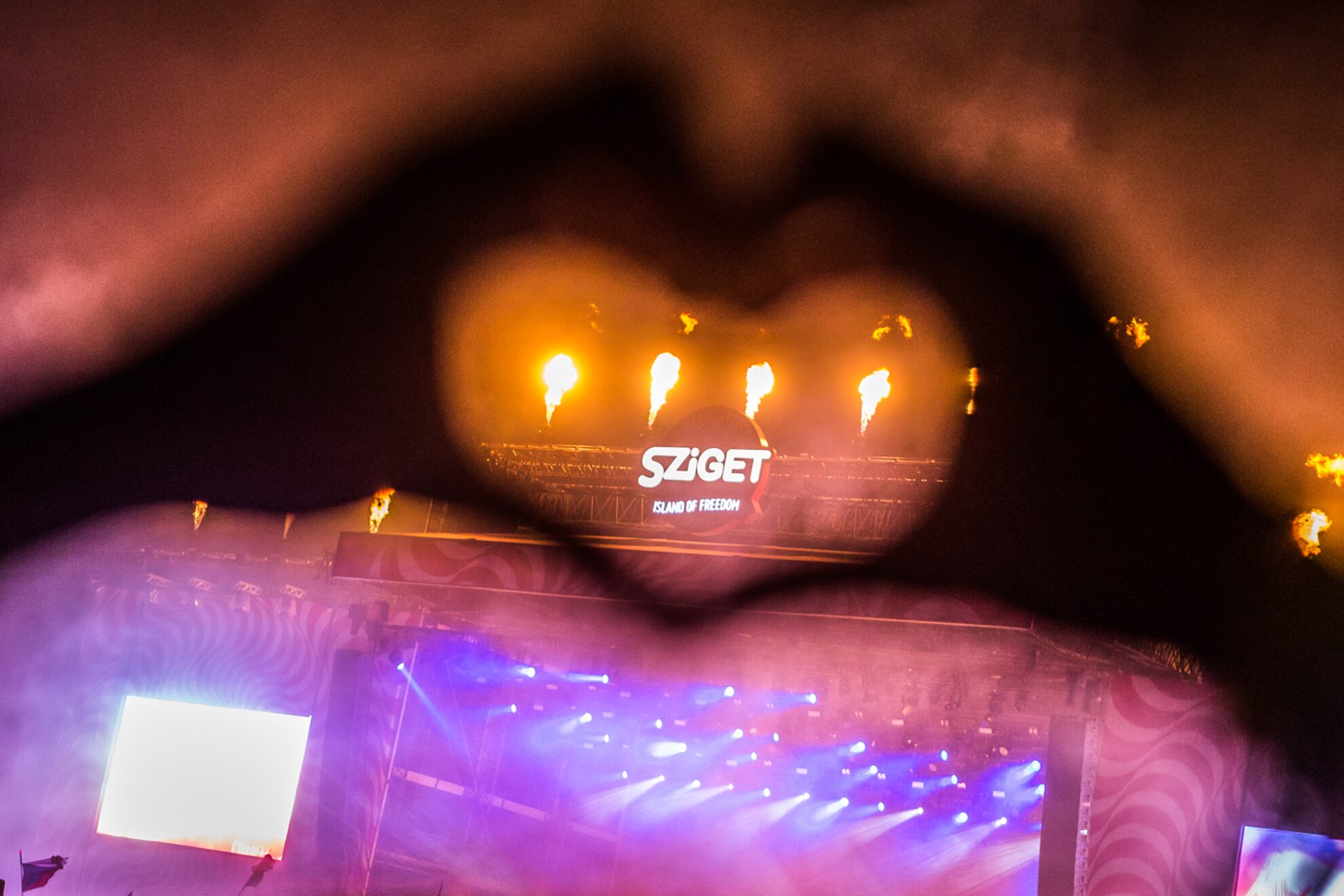
"We lost count of the encores. For Let’s Go Crazy, we all went ballistic at the front. Then they chose people from the audience to dance on stage. “It’s you guys who are getting old,” laughed Prince to the crowd at one point. “I’m not!” We all went home thinking that Prince was bound to come back to Hungary…”
